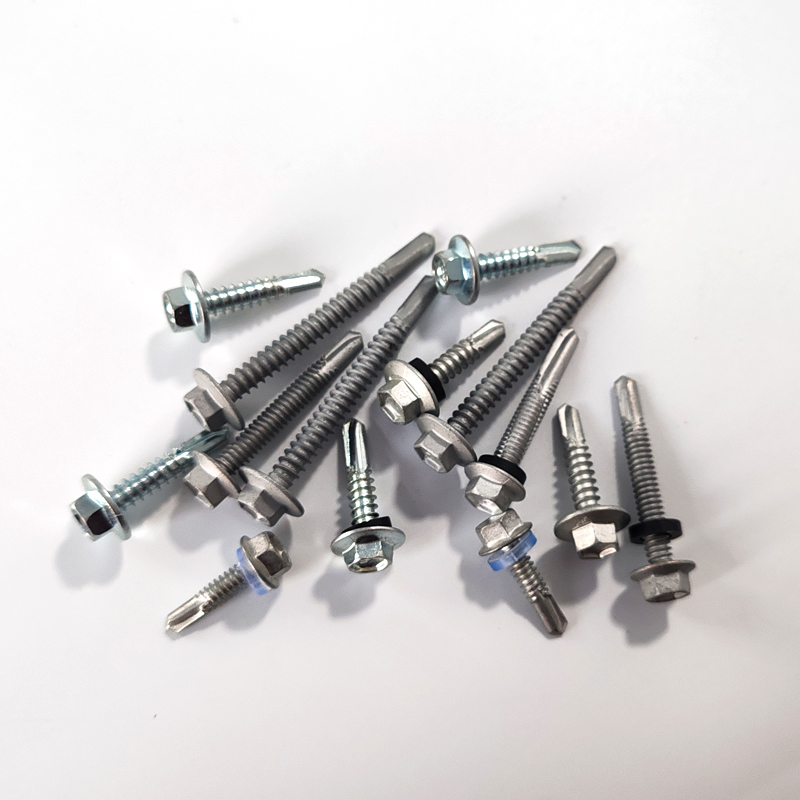Versatile Double-Ended Stud with Flange for Enhanced Connection Solutions
Understanding the Double-Ended Stud with Flange Applications and Benefits
In the realm of mechanical engineering and construction, fastening systems play an integral role in ensuring structural integrity and reliability. One such essential component is the double-ended stud with flange. This specialized type of fastener is designed for a variety of applications, ranging from simple household repairs to complex industrial assembly. This article delves into the characteristics, applications, and advantages of double-ended studs with flanges.
What is a Double-Ended Stud with Flange?
A double-ended stud with flange is a cylindrical fastener that features threads on both ends and a smooth or slightly raised surface in the middle, known as the flange. This flange often serves as a stop between the two ends of the stud. The threaded ends allow for secure connections to be made with nuts or other threaded components, while the flange provides additional stability and load distribution.
Key Features
1. Dual Threading The most distinguishing feature of a double-ended stud is its dual-threaded design, which allows it to be secured on both sides. This unique attribute enables the stud to be used in situations where simultaneous fastening of two components is necessary.
2. Flanged Design The flange on the stud provides several benefits, including enhancing the stud’s load-bearing capacity. Additionally, it helps to prevent the tightening of the stud beyond a certain point, protecting the integrity of the materials being fastened.
3. Material Double-ended studs can be manufactured from various materials, including stainless steel, carbon steel, or even plastic, depending on the required strength, corrosion resistance, and temperature tolerance of the application.
Applications
double ended stud with flange

Double-ended studs with flanges are versatile and can be found in a variety of settings
- Automotive Industry Used in engine assembly, these studs help to secure various components, ensuring that they remain tightly joined under the stress of operation. - Construction In structural applications, flanged studs are often used to connect beams and columns, offering enhanced load distribution that is critical in supporting structures. - Manufacturing They are commonly employed in the assembly of machinery and equipment, where a strong and reliable connection is essential for operational safety. - Home Improvement DIY enthusiasts utilize double-ended studs with flanges for securing shelves, cabinets, and other fixtures, benefiting from their ease of installation and durability.
Advantages
1. Strength and Stability The flanged design spreads the load more evenly and provides greater resistance to shear forces, making double-ended studs an ideal choice for high-stress environments.
2. Reduced Corrosion Risk When made of stainless steel or similar materials, flanged studs offer enhanced resistance to corrosion, making them suitable for use in humid or chemically aggressive environments.
3. Ease of Installation The design facilitates quick and efficient installation, saving time and effort in both industrial applications and home projects.
4. Cost-Effectiveness By providing a strong and reliable fastening solution, double-ended studs with flanges can reduce the need for additional hardware and tools, resulting in lower overall project costs.
Conclusion
The double-ended stud with flange is a remarkable fastening solution that combines strength, functionality, and versatility. Its unique design offers benefits that are indispensable across multiple industries, making it a valuable component in everything from heavy machinery to household items. As the demand for robust and reliable fastening solutions continues to grow, the adoption of double-ended studs with flanges is likely to increase, further cementing their place in modern engineering and construction practices. Whether you are a professional engineer or a DIY enthusiast, understanding the potential of these fasteners will undoubtedly enhance your project outcomes.
-
Weatherproof Plastic Expansion Anchors for OutdoorNewsJun.06,2025
-
Sustainability in the Supply Chain: Eco-Friendly TEK Screws ProductionNewsJun.06,2025
-
Load-Bearing Capacity of External Insulation FixingsNewsJun.06,2025
-
Double Head Bolts: Enhancing Efficiency in Industrial MachineryNewsJun.06,2025
-
Corrosion Resistance in Chipboard Screws: Coatings for Wholesale DurabilityNewsJun.06,2025
-
Butterfly Toggle Bolts : Enhancing Structural ResilienceNewsJun.06,2025
